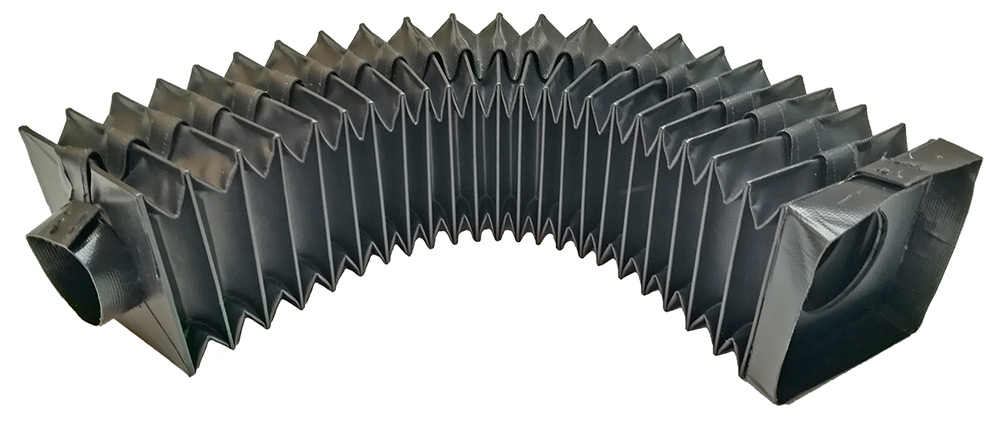Industrial machine guarding is a decisive factor for the success of any production environment. However, one of the most common mistakes in the industry is considering guarding as an afterthought, rather than integrating it from the initial design phase of industrial equipment. This short-term approach can lead to costly failures, production downtime, and risks to worker safety.

Why integrate industrial protection into machinery design?
When engineers and designers adopt a holistic perspective, they anticipate the real risks that industrial machinery will face: dust, moisture, chemicals, friction, heat, and other aggressive agents. Thus, elements such as bellows, covers, sealing systems, and safety barriers become a structural part of the equipment, not improvised solutions after installation.


Key advantages of integrated protection in machinery design
- Improves the tightness and sealing of moving components, preventing the entry of contaminants and extending the life of industrial machinery.
- Reduces points of failure due to wear or contamination, reducing breakdowns and maintenance costs.
- Facilitates preventive maintenance, as protection systems are designed for safe and efficient access.
- Increases the lifespan of the machine from its initial start-up, optimizing the initial investment.
- Ensures the safety of operators, complying with current regulations and preventing workplace accidents.
Common mistakes when ignoring industrial protection in machine design
- Shafts and components exposed to abrasive particles without adequate coating, accelerating wear.
- Cables and electrical connections unprotected from liquids or impacts, which can lead to short circuits or electrical failures.
- Sheaths and bellows poorly adapted to the actual motion path, causing premature breakage and unexpected shutdowns.
- Lack of integrated safety barriers and emergency stop devices, increasing the risk to workers.

Good practices for effective industrial protection in machinery
- Involve industrial protection specialists from the prototyping and validation phases to propose materials, geometries, and solutions adapted to the actual operating environment.
- Conduct a thorough risk assessment before starting the design, identifying specific hazards and necessary preventive measures.
- It uses strong and durable materials capable of withstanding the most demanding conditions in an industrial environment.
- It integrates advanced safety devices, such as physical barriers, light curtains, motion detectors, and emergency stops, to ensure the protection of both industrial machinery and operators.
Conclusion: Industrial protection as an investment in safety and efficiency
Integrating industrial machinery protection from the initial design not only reduces costs in the medium term, but also prevents critical failures that affect production, quality, and, above all, human safety.
At LLUIS CREUS, we have been innovating in customized industrial protection solutions for over a century, adapting to the needs of each sector and guaranteeing maximum reliability and durability of industrial equipment.

